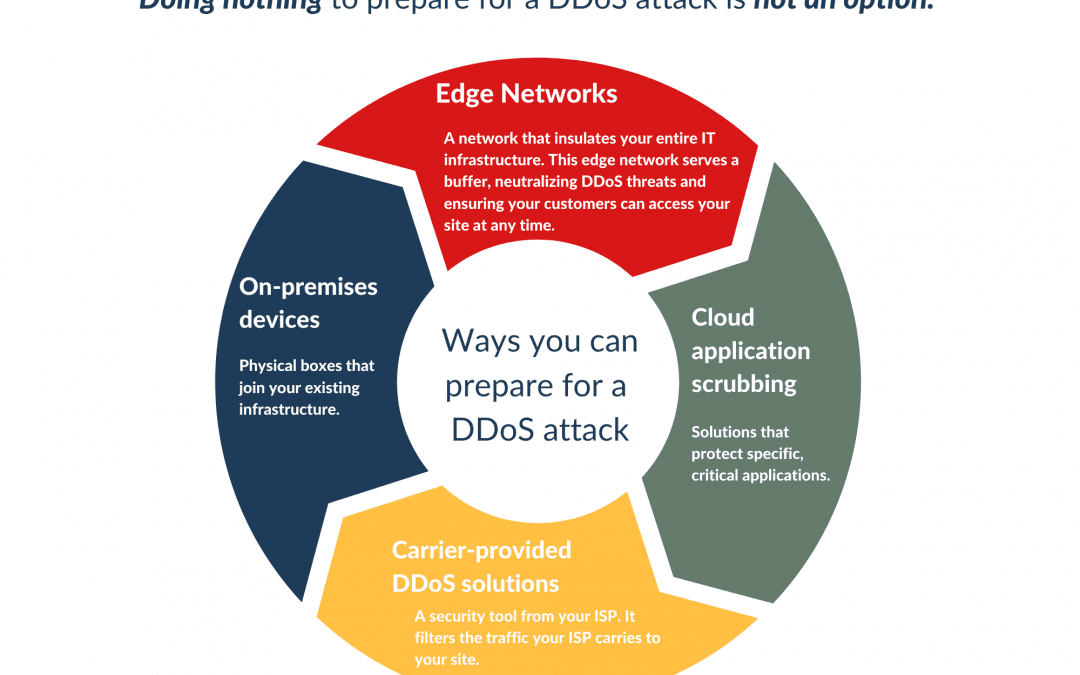Picture it: Sicily 1912.
Just kidding. But we will be channeling our inner Sophia Petrillo from Golden Girls to set the scene.
Picture it: The world 2022. Your website is down and your customers can’t get the answers they are looking for. You finally pinpoint the issue and find out it was…a DDoS attack.
DDoS stands for distributed denial of service. If you’re not familiar with DDoS attacks, they are both simple and devastating. There are three types of attacks.
- Volume = they flood your bandwidth.
- Protocol = they flood your server resources.
- Application layer = they flood your software.
By flooding, Hackers try to overwhelm your network with a ridiculous number of requests. If your website is busy trying to handle millions of spam requests from hackers, that means that well-meaning customers can’t visit.
DDoS attacks have been around since 1999, have hit everyone from Sony to US Bank and could happen to anyone – even the cute, little coffee shop down the street.
Thanks to smartphones and the pandemic, more than ever, your company’s website is like a front lobby for your customers. Customers aren’t going into stores or meeting in your offices. They’re walking through the front door of your website for whatever they need.
So, if your website goes down, it would be like walling off your door and locking all your customers out.
This is what happens during a DDoS attack – your critical web services are incapacitated, and customers can’t get what they need.
To a customer, a DDoS attack can be a mere inconvenience. To a company, a DDoS attack can be catastrophic. These attacks do more than just incapacitate websites, DDoS attacks can lead to:
- Loss of revenue and customers.
- Damage to your company’s reputation.
- Unnecessary time and expense spent bringing your site back online.
- A halting of business-critical, web-based applications and processes.
- The exploitation of network vulnerabilities by DDoS hackers.
The bad news is that DDoS attacks aren’t going away – they’re growing more prevalent. In the second half of 2021, they recorded record-breaking numbers both HTTP DDoS attacks and network layer attacks. In addition, there has been a rise in ransom DDoS attacks. In Q4 of 2021, ransom DDoS attacks rose by 175% from the previous quarter and 29% from the previous year. In these devious attacks, hackers demand money from their victims to stop the DDoS attack or threaten future attacks if the money is not provided.
It’s clear that these attacks aren’t going anywhere, and they’re growing more and more sophisticated. This means that the infrastructure and security measures that served you in the past may not be able to stop a DDoS attack today. A recent botnet used by hackers can send 17.2 million requests to a website per second. Can your infrastructure handle something this big?

